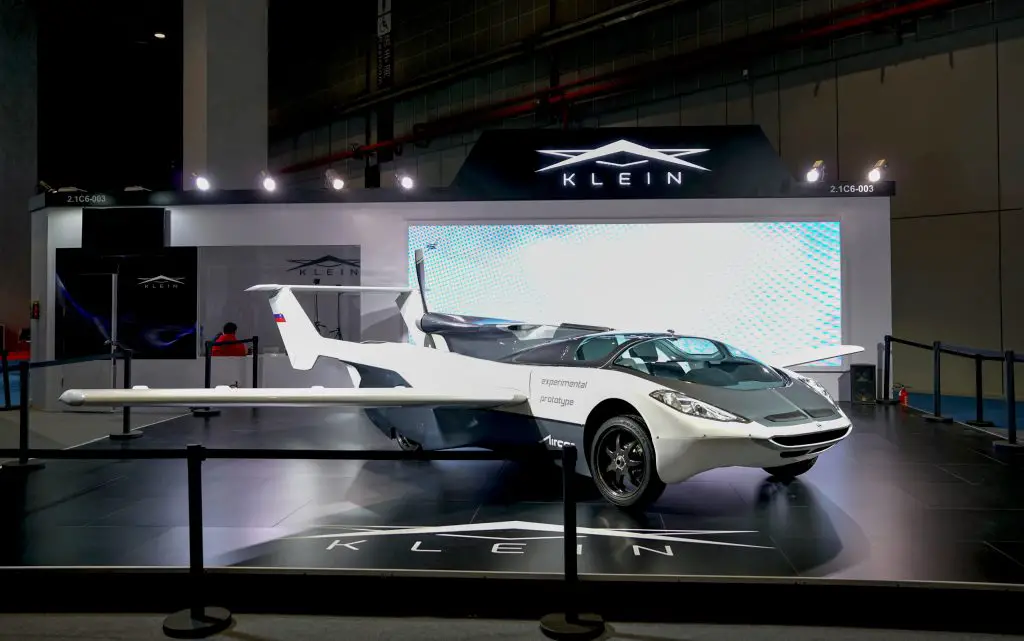The concept of flying cars has been around for decades, with science fiction movies and TV shows featuring futuristic vehicles soaring through the air. But how close are we to actually having flying cars in real life? The answer is complex and depends on a variety of factors, including technological advancements, regulatory approval, and consumer demand.
Current Technology
The technology for flying cars, also known as vertical takeoff and landing (VTOL) vehicles, already exists in some form. Companies like Terrafugia, AeroMobil, and PAL-V have created prototypes of flying cars that are capable of both driving on the road and flying through the air. These vehicles typically feature vertical takeoff and landing capabilities, allowing them to take off and land vertically without the need for a runway.
However, these vehicles are still in the prototype stage and have not yet been mass-produced or widely adopted. Additionally, they are not yet capable of fully autonomous flight, and require a trained pilot to operate.
Technological Advancements
One of the biggest barriers to the widespread adoption of flying cars is the need for advanced technology. Flying cars require a complex set of systems, including propulsion, avionics, and guidance systems, to operate safely and efficiently. In addition, the development of autonomous flight technology is crucial for making flying cars a reality, as it would allow them to operate safely and without the need for a trained pilot.
While advancements in technology are being made, there are still several hurdles to overcome. The weight and power requirements of flying cars mean that batteries with higher energy density are needed to provide enough power to keep the vehicle in the air. There are also concerns about the safety and reliability of flying cars, as accidents could be catastrophic both on the ground and in the air.
Regulatory Approval
Another major barrier to the adoption of flying cars is regulatory approval. In order for flying cars to become a reality, they must meet the same safety and regulatory standards as traditional aircraft. This requires extensive testing and certification, as well as approval from regulatory agencies such as the Federal Aviation Administration (FAA).
The process of obtaining regulatory approval for new technology can be slow and complex, as agencies must ensure that the technology is safe and reliable before it can be approved for commercial use. Additionally, there are currently no specific regulations in place for flying cars, which means that new regulations will need to be developed in order to accommodate this new technology.
Consumer Demand
Finally, the demand for flying cars will be a crucial factor in determining when they become a reality. While there is certainly a fascination with the idea of flying cars, it is unclear whether there will be enough demand to make them a viable commercial product.
Flying cars are likely to be expensive and require specialized training and certification to operate, which may limit their appeal to a relatively small market. Additionally, there are concerns about the noise and environmental impact of flying cars, which may limit their use in urban areas.
Conclusion
While flying cars may seem like a futuristic concept, the reality of their widespread adoption is still uncertain. While technological advancements are being made, there are still significant hurdles to overcome in terms of regulatory approval and consumer demand. It is likely that we will see some limited adoption of flying cars in the near future, particularly in specialized industries such as transportation and emergency services. However, widespread adoption is still likely many years away.







